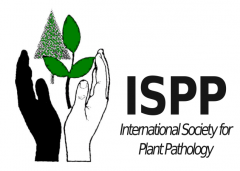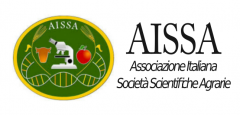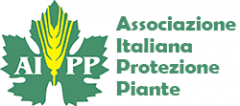FIRST REPORT OF GALL DISEASE IN MANGO TREES CAUSED BY FUSARIUM DECEMCELLULARE IN DOMINICAN REPUBLIC
E. García-López, J.A. Mora-Aguilera, E. Hernández-Castro, C.J. Jiménez-Vásquez, C.M. Batista-Marte, C. Serra
doi: 10.4454/jpp.v99i1.3790
Abstract:
Malformed vegetative shoots were collected in mango orchards cv. ‘Puntica’ in Peravia, province of Dominican Republic during july-september 2013, the incidence ranged from 10 to 50%. Fusarium were consistently isolated on potato-dextrose-agar media. After 14 days of incubation at 28°C colonies developed intense rose pigmentation, macroconidia were 7-8 septate, 45.9-76.9 x 5.4–6.7 μm, with rounded apical cell and footlike basal cell; microconidia were ovoid, 0-1 septate, 5.3–12.4 x 2.0-4.6 μm. Based on morphology, the fungus was identified as Fusarium decemcellulare (Leslie and Summerell, 2006). DNA was extracted from a representative monosporic culture (EEFB-1). Elongation factor 1-alpha and beta-tubulin gene regions were amplified using EF1/EF2 and BT1/BT2 primers. PCR products were purified and sequenced. The obtained sequences of 683 and 193 bp were deposited in the GenBank (Accession Nos. KX345392 and KX345393). BLASTn analysis showed 99 and 86% homology with F. decemcellulare sequences HM054059 and HM054098. Pathogenicity tests were conducted on ten healthy 6-month-old mango plants cv. ‘Puntica’, by infiltration of 30 μl of a conidial suspension (2 x 106 spores/ml) into apical bud. Ten control plants were infiltrated with sterile water. Inoculated shoots with F. decemcellulare showed excessive proliferation of axillary buds that remained protuberant or stunted and coriaceous, 8-9 months after inoculation. The fungus was reisolated only from diseased shoots, fulfilling Koch’s postulates. AlthoughF. decemcellulare has been previously reported causing mango’s galls in Mexico, USA, Brazil and Puerto Rico (Angulo and Villapudua, 1982; Farr and Rossman, 2016), this is the first report of this pathogen on mango in Dominican Republic.




